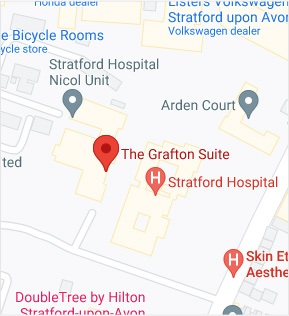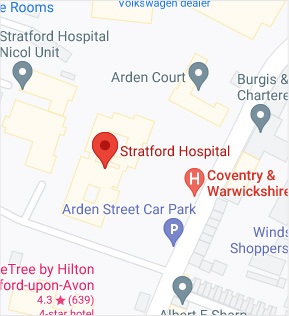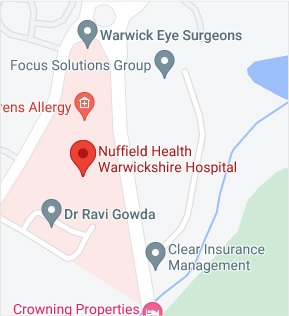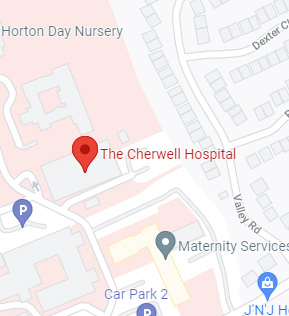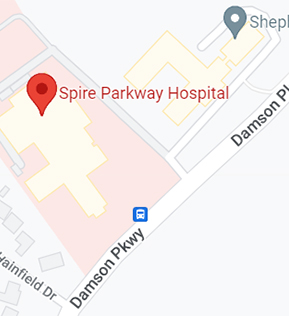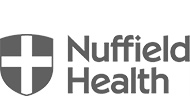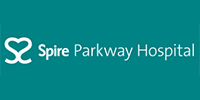What are Sprains and Strains?
Sprains and strains are injuries affecting the muscles and ligaments. A sprain is an injury or tear of one or more ligaments that commonly occurs at the wrist, knee, ankle or thumb. A strain is an injury or tears to the muscle. Strains occur commonly in the back and legs.
Causes of Sprains and Strains
Sprains and strains occur due to overstretching of the joints during sports activities and accidents such as falls or collisions. It may be due to fatigue or not warming up before an activity.
Symptoms of Sprains and Strains
Symptoms of sprains include:
- Pain
- Swelling
- Tenderness
- Bruising
- Joint stiffness
Symptoms of strains include:
- Muscle spasm and weakness
- Pain in the affected area
- swelling
- Redness
- bruising
Immediate Care for Sprains and Strains
Immediately following an injury and before being evaluated by your doctor, you should initiate the P.R.I.C.E. method of treatment.
Protection: Protect the injured area with the help of support.
Rest: Rest the affected area as more damage could result from putting pressure on the injury.
Ice: Ice should be applied over a towel to the affected area for 15-20 minutes every two to three hours during the day. Never place ice directly over the skin.
Compression: Wrapping with an elastic bandage or an elasticated tubular bandage can help to minimise the swelling and provide support to the injured area.
Elevation: Elevating the injured area above heart level will also help with swelling and pain.
Diagnosis of Sprains and Strains
Diagnosis involves a thorough physical examination. Your doctor will inspect the area of injury and see how well you move the muscle or joint. X-rays or other tests may be ordered to rule out fractures or other problems.
Treatment of Sprains and Strains
Your doctor may prescribe nonsteroidal anti-inflammatory drugs to reduce the pain and inflammation of a sprain or strain. A period of bracing may be necessary. Physiotherapy may be recommended for moderate to severe injuries. Surgery is rarely needed but may be suggested for torn ligaments and tendons.
Most sprains and strains show significant improvement in about 2 weeks. Severe injuries sometimes take months to heal. Strenuous activity should be avoided for at least 8 weeks to allow proper healing.


 REQUEST AN APPOINTMENT
REQUEST AN APPOINTMENT



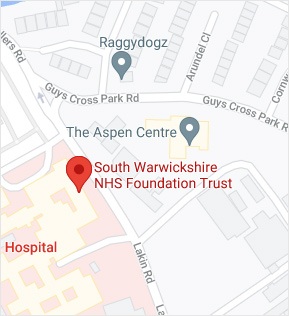
 Ext 4798
Ext 4798